On the latest WrestleTalk video, website editor Brian Joyce made his YouTube debut.
Brian discussed how the Hell In A Cell pay-per-view has evolved throughout the years, and how WWE has somehow managed to ruin the concept.
Since its inception in 1997 there has been no match that has had more highs and lows than the famous *Hell in a Cell* (Vince McMahon voice) match. From a supped-up cage match to the big red monstrosity it is today, the cell has undergone a hell *wink* of an evolution.
The stipulation was conceived of in 1997. The concept was a combination of the steel cage used in the old Memphis territory which encompassed the ringside area and the War Games cage which had a top on it. Whereas steel cage matches had often been contested with escape the cage rules, the Cell was designed specifically to keep the participants inside. The cage was listed at 16 feet tall with a locked door.
The first match took place on October 5th, 1997 between Shawn Michaels and the Undertaker. The first Hell in a Cell match is still regarded as probably the best in history. The match told a fantastic story of the Michaels trying to escape the clutches of the monstrous Undertaker. We will dive deeper into why the match worked so well in a little bit, but needless to say its 5 star rating from Dave Meltzer shows that it made an immediate impact. The story of the first cell cannot be told without mentioning one of the great debuts of all time. Fort Knox Mayor Kane made his debut in the main event, walking to the ring and ripping the cage door off its hinges. An idea originally done by booker Jerry Jarrett in Knoxville, Tennessee with Doug Furnas in 1986. Kane tombstoned his brother, allowing the beaten and bloodied Michaels to get the pin.
An often-forgotten fact is that this match was also a number one contenders match, effectively setting up the main event of Survivor Series ’97 and the Montreal Screwjob.
While the first Cell match may be the best, the match at King of the Ring ’98 is by far the most memorable. Mick Foley’s mentor Terry Funk suggested that he start the match on top of the cell, what could go wrong? Everyone knows what happened next, as Foley and Undertaker brawled on top of the cage, Undertaker threw Foley from the top through the announce table below. Foley then climbed to the top and was chokeslammed through the cell to the mat below. For better or worse nothing this brutal has been attempted in WWE since.
2000 was significant because of the debut of one of the men who would define Hell in a Cell for the next decade, Triple H. Huntor began his reign of terror in 2000 by “retiring” Mick Foley at No Way Out. Mick Foley had defined the Cell match in the 90s just as much as the Undertaker had. While his retirement only lasted six weeks, he passed the Hell in a Cell torch to The Gameuhhh.
Just as 2000 started with a Cell match, it ended with one too. At Armageddon the only Six-way Hell in a Cell match took place. This marked the only time Kurt Angle, The Rock, Stone Cold Steve Austin and Rikishi participated in the match.
From 2002 to 2005 the Hell in a Cell match was dominated by Triple H and the Undertaker. This is where the Hell in a Cell was truly cemented as the ultimate feud ender. The cell match was used as the climax of Triple H’s rivalries with Chris Jericho, Kevin Nash, Shawn Michaels and Batista and The Undertaker’s rivalries with Brock Lesnar and Randy Orton. The matches ranged from decent to amazing with the Triple H vs. Batista match being the best among them. Each match was bloody and intense, solidifying the stipulation’s place in the WWE lexicon.
In 2006 the Hell in a Cell received its first aesthetic change. With D-Generation X set to take on The McMahon’s and The Big Show in a handicap match, the Cell was enlarged to 20 feet tall. The match was still bloody but is best remembered for Mr. McMahon’s head being rammed up Big Show’s big bum. As DX claimed afterwards in a poem, “Vince we know youre angry, your concern is valid. After all last night, you tossed Big Show’s salad”. Oh the Ruthless Agression era.
The biggest change to the Hell in a Cell match took place in 2009 with the introduction of the Hell in a Cell pay per view event. The first event featured three Hell in a Cell matches. Undertaker vs. CM Punk, Randy Orton vs. John Cena, and DX vs. future AEW Executive Vice President Cody Rhodes and future CollegeGarageSale.com executive Ted Dibiase, it’s a real thing look it up. This event was the beginning of the end of the Hell in a Cell match. The Undertaker vs. CM Punk was well below the level of intensity expected at the time from a Cell match. The Cena vs. Orton match was just another chapter in their ongoing 2009 storyline. This tore down the legacy of the Hell in a Cell as a rivalry ender. After 2009, the Hell in a Cell became just a match that happened in October as opposed to a climactic stipulation match.
The next few years were equally unkind to the perception of the Hell in a Cell. In 2010, the event only had a two week build and featured a very weak combo of Randy Orton vs. Sheamus and Undertaker vs. Kane matches. 2011 was not much better as Randy Orton continued his stretch of boring Hell in a Cell matches by facing Mark Henry. These three events did more to damage the image of the Hell in a Cell than anything else.
This is why when WrestleMania 28 came about and Triple H challenged the Undertaker to a Hell in a Cell match it meant so much. These two men had been the faces of the match since its creation but this was the first time they competed in the match one on one. With Shawn Michaels stepping in as the guest referee, this match featured all the things that the prior Cell matches lacked. It was intense, it was story-driven, and it was the climax of a year-long rivalry. The match was fantastic and the highlight of a turbulent WrestleMania.
After that match it was back to more of the same. From 2012-15 a myriad of matches ranging from good to forgettable took place. Seth Rollins and Dean Ambrose had a great match that was tainted by a horrible finish involving Bray Wyatt in 2014, Roman Reigns had a forgettable match with Bray Wyatt in 2015, and Undertaker had a violent fight with Brock Lesnar involving a post-match run-in by Bray Wyatt. I’m sensing a pattern here. It is worth nothing that the match with Lesnar was the final great singles match of the Undertaker’s career to date.
2016 brought the Cell back to WrestleMania as the returning plague against the WWE roster Shane McMahon took on the Undertaker in the culmination of a truly nonsensical storyline. The match was long and it was bad. That bump, though. Shane delivered this generation’s version of Mick Foley’s infamous Cell bump as Shane leapt off the cage driving himself through the announce table 20 feet below as Michael Cole Bay Bay read “For the love of Mankind” off a paper. Cmon Mikey.
It may hurt Shane’s feelings to know that even with his insane bump, his Cell match was not the most important of the year. The Hell in a Cell pay per view featured the first time a women’s match took place inside the Cell and the first time they main evented a pay per view. Raw Women’s Champion Sasha Banks and challenger Charlotte battled inside the Cell and while WWE would like to paint the match as a classic, unfortunately it was a bit of a mess. Spots went awry and they were unable to regain control before a truly flat finish. Regardless it was a big moment for the women who truly had come a long way in their on-screen portrayal.
2017 was where the Hell in a Cell match began to jump the shark. The 2017 event featured the all-time stupidest stipulation, where the Hell in a Cell match would be contested under Falls Count Anywhere rules. What is the point of a Hell in a Cell match if the participants are encouraged to escape the cage? IS THAT NOT THE MOST BASIC IDEA OF THE MA- its okay, its alright, im calm. Im calm. The match between Kevin Owens and Shane McMahon was quite good despite its idiotic stipulation, which was designed solely for Shane to jump off the cage again.
Then we have the 2018 pay per view, which included the two most infuriating moments in Hell in a Cell history and no, one of them was not the choice to make the cage red. Although the change does make the cage look like a toy. The first match was Randy Orton vs. Jeff Hardy and it was very good until the finish. Hardy dropped from the ceiling of the cell through a table in the ring as Orton moved out of the way. It looked pretty devastating but nothing too outlandish per Hell in a Cell standards. This made it all the more frustrating when the referee refused to count the pin on Hardy, instead choosing to yell “Randy! He’s hurt”. OBVIOUSLY HES HURT. EVERYTHING HURTS. WRESTLING IS SUPPOSED TO BE RE- oh god this isn’t even the worst part.
The main event was Roman Reigns vs. Braun Strowman. The match was pretty standard but it had the worst finish of any Cell match. With Reigns and Strowman weakened, a returning Brock Lesnar emerged to assault both men. It seemed like a good way to set up the next challenger for the winner but the fans quickly turned from excited to befuddled when the referee waved off the match due to the outside interference. A Hell in a Cell match, made a no contest because of outside interference. Mick Foley nearly died and that match had a finish. But because both men got F-5ed, this was simply too much to handle.
Beyond the lunacy of the finish, this match serves as a perfect example of how the Hell in a Cell match has changed since 1997. You know how I said we would get into why that first match was great in a little bit? Well here we go. The HBK vs. Undertaker match was so great because it told a simple but perfect story. The Hell in a Cell was specifically designed so that the weaselly Michaels would not be able to escape this fight. Regardless of the stipulation, Michaels goal was to avoid the punishment. Michaels tried to escape an inescapable cage with a monster locked inside with him like Rorschach. Only when a cameraman was injured was the cage door opened, allowing Michaels an opportunity to escape. Everything had a place in the story, Michaels climbed the Cell with the idea that “that bear cannot climb this tree”. When it became clear that the bear could in fact climb the tree, Michaels tried to climb down.
Compare this to the 2018 match. Seth Rollins and Dean Ambrose were the seconds for Roman Reigns while Drew McIntyre and Dolph Ziggler backed up Strowman. During the match, the seconds just began climbing the cage for absolutely no reason other than this now being what you do in a Hell in a Cell match. This is as much a gripe with modern WWE as it is with the stipulation but it just goes to show that when things are done logically and for a reason, it produces a better story.
Trending
- Two Free Agents Potentially Joining AEW Update
- Former WWE Champion & More Released By The Company
- Former WWE Star Expected To Be Returning To The Company
- Seth Rollins Spotted For First Time Since WWE WrestleMania 40
- Planned Members For New WWE Faction Confirmed
- WWE Star Addresses His Real Age
- WWE Star Teases Leaving With Championship
- Real-Life WWE Couple React To Criticism
- WWE Star Responds To Character Being Called A ‘Waste Of Time’
- Another Surprising Challenger For WWE World Heavyweight Championship Revealed




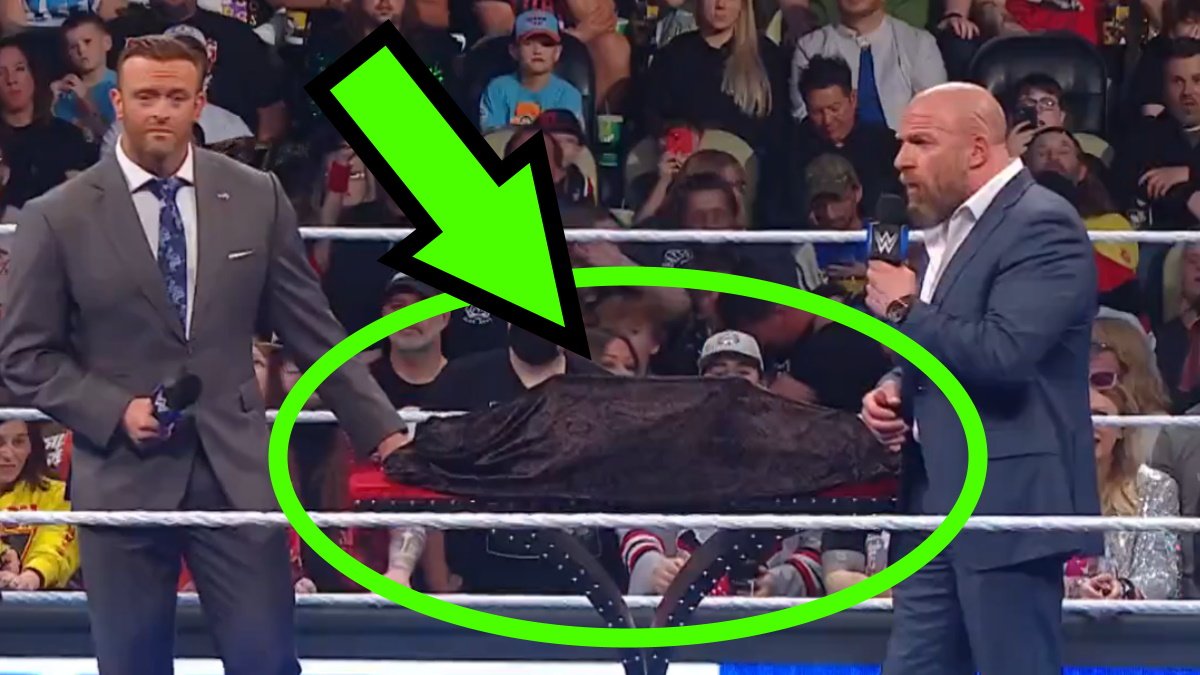
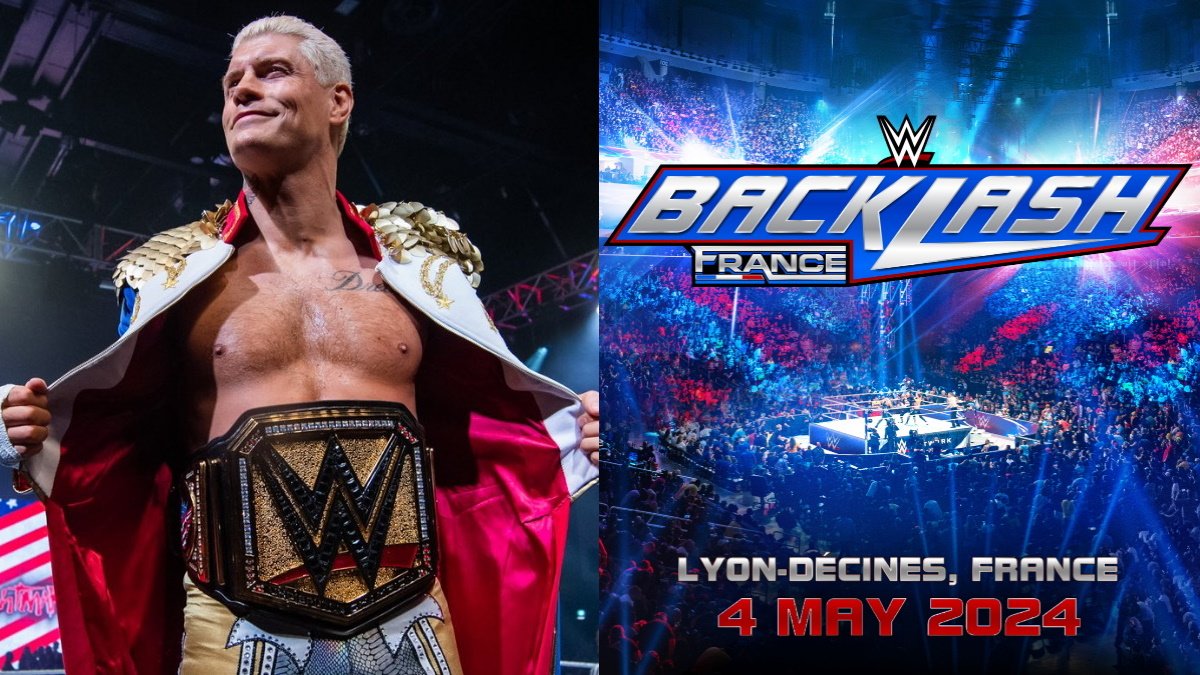


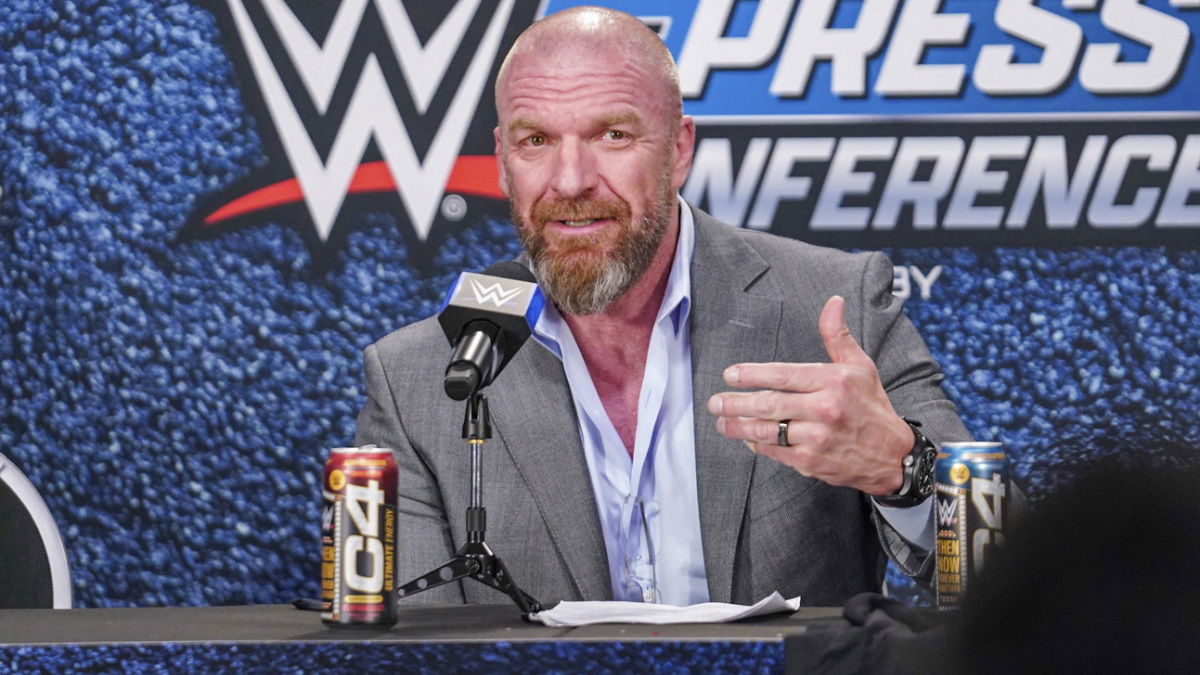

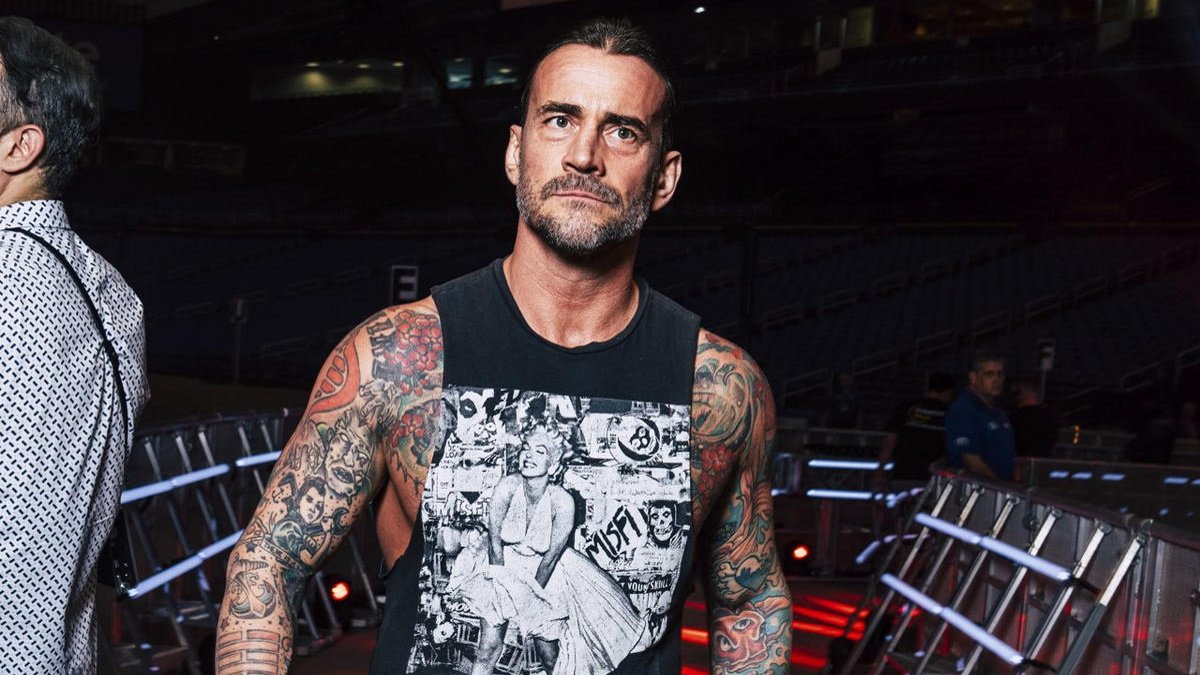
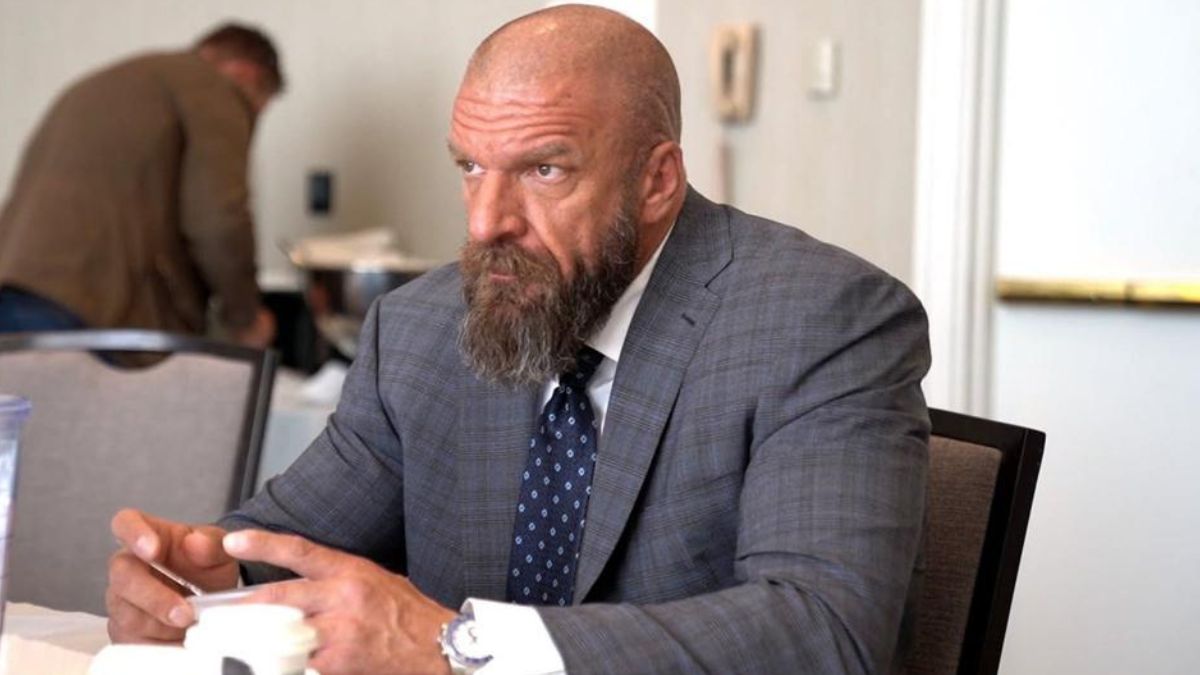
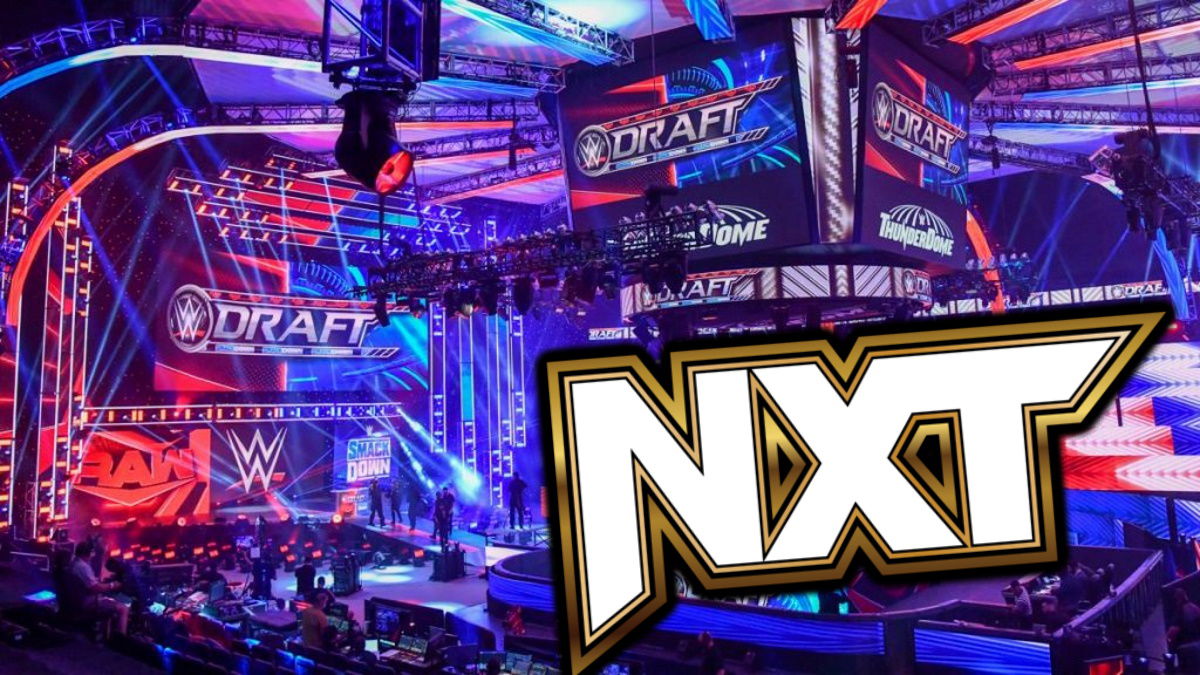
 mailing list
mailing list